Expansion of the DIY Culture
The surge in the do-it-yourself (DIY) culture has emerged as a pivotal driver for the Fabric Glue Market. As individuals increasingly engage in home improvement and crafting projects, the demand for versatile and easy-to-use adhesives has risen. This trend is particularly pronounced among younger demographics who seek creative outlets and personalized home decor solutions. Market data indicates that the DIY segment is expected to grow at a rate of 10% annually, reflecting a robust interest in crafting activities. Consequently, the Fabric Glue Market is likely to benefit from this growing consumer engagement, as more people turn to fabric glues for their creative endeavors.
Growth of E-commerce Platforms
The proliferation of e-commerce platforms is reshaping the retail landscape for the Fabric Glue Market. Online shopping has become increasingly popular, providing consumers with convenient access to a wide variety of fabric glues and related products. This shift in purchasing behavior is particularly beneficial for niche markets and small businesses that may not have a physical storefront. Data suggests that online sales of craft supplies, including fabric adhesives, have seen a substantial increase, with projections indicating a growth rate of 15% over the next few years. As e-commerce continues to thrive, the Fabric Glue Market is likely to experience enhanced visibility and sales opportunities.
Rising Demand for Eco-Friendly Products
The increasing consumer preference for sustainable and eco-friendly products is a notable driver in the Fabric Glue Market. As environmental awareness grows, manufacturers are responding by developing adhesives that are non-toxic and biodegradable. This shift aligns with broader sustainability initiatives across various sectors, including textiles and crafts. According to recent data, the market for eco-friendly adhesives is projected to expand significantly, with a compound annual growth rate of approximately 8% over the next five years. This trend not only caters to environmentally conscious consumers but also encourages innovation in adhesive formulations, thereby enhancing the overall appeal of the Fabric Glue Market.
Increased Applications in the Fashion Industry
The fashion industry is increasingly recognizing the utility of fabric glues, which serves as a significant driver for the Fabric Glue Market. Designers and manufacturers are utilizing these adhesives for various applications, including garment construction, embellishments, and repairs. The trend towards fast fashion and rapid prototyping has created a demand for efficient and reliable bonding solutions. Market analysis indicates that the use of fabric adhesives in fashion is expected to grow, driven by the need for innovative design techniques and sustainable practices. As the fashion industry evolves, the Fabric Glue Market is likely to benefit from this expanding application base, fostering further growth and development.
Technological Advancements in Adhesive Formulations
Technological advancements in adhesive formulations are significantly influencing the Fabric Glue Market. Innovations in chemistry and material science have led to the development of high-performance adhesives that offer superior bonding capabilities and durability. These advancements cater to a wide range of applications, from textiles to crafts, enhancing the functionality of fabric glues. Furthermore, the introduction of specialized adhesives designed for specific materials, such as leather or synthetic fabrics, is expanding the market's reach. As manufacturers continue to invest in research and development, the Fabric Glue Market is poised for growth, with new products that meet diverse consumer needs and preferences.


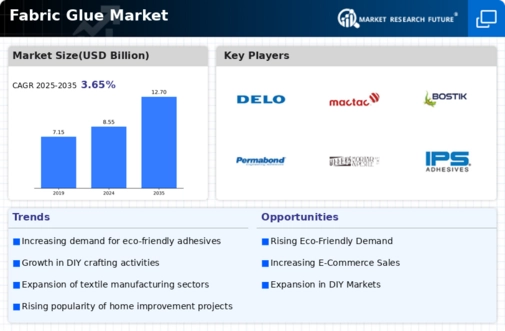
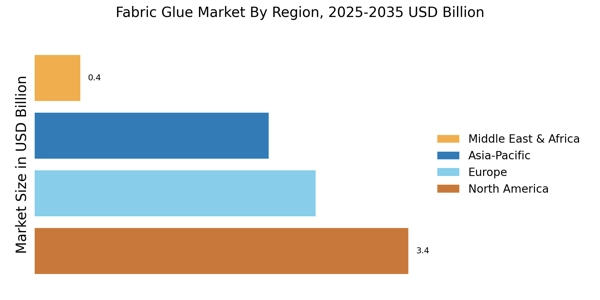

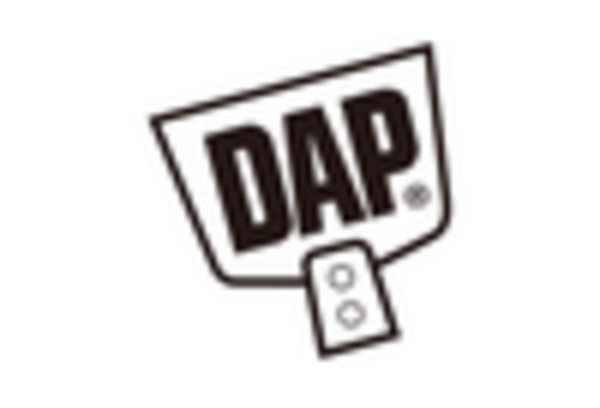
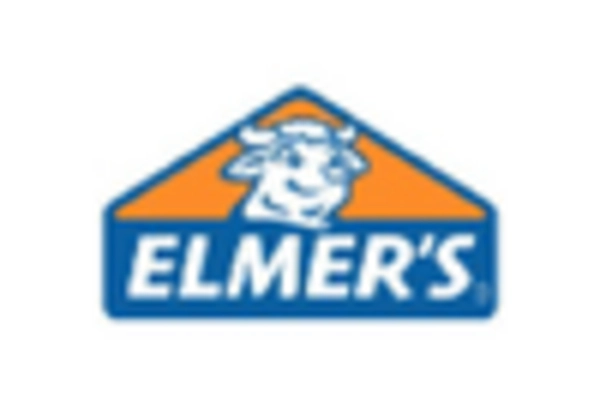
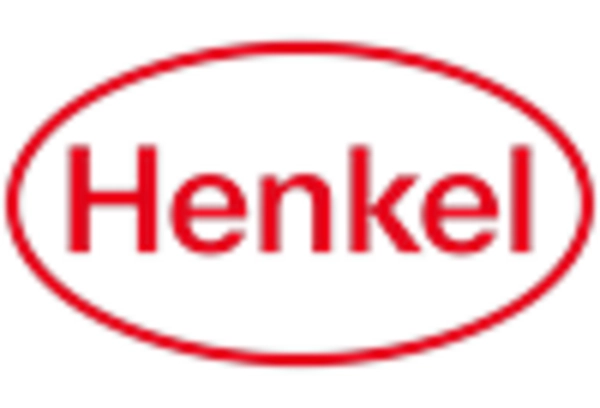










Leave a Comment